As parents, we want what is best for our children. We want them to have a solid education, be successful in life, and find happiness. While there are many different ways to achieve these goals, one approach that makes children eager to learn is child-led learning.
With this approach, your child takes the lead in determining what and how they learn. This can result in an education that is perfectly tailored to their interests and abilities.
What is child-led learning, and how can it benefit your homeschool? Keep reading to find out!
Child-Led Learning Explained
Child-led learning (also known as interest-driven or delight-driven) is an effective, laid-back approach to education that gives children the opportunity to follow their interests in order to learn. Instead of the child following the parent’s guidance or a formal curriculum, the parent helps facilitate their child’s learning by providing resources.
John Holt, an educator, author, and homeschooling advocate, believed that trying to force or pressure children to learn was ineffective. He believed that children naturally enjoy learning and will do so on their own if they are given enough freedom to follow their passions and interests, as well if they have access to a variety of resources. Eventually, his method of homeschooling was named unschooling.
“I think children learn better when they learn what they want to learn when they want to learn it, and how they want to learn it, learning for their own curiosity and not at somebody else’s order.”
JOHN HOLT
When children are not interested in a topic, it is evident in their lack of enthusiasm and zest for learning. But let them dive into a topic of interest on their own, and they will continue to dive deeper and deeper into learning about it until they feel they are satisfied.
Benefits of Child-Led Learning
So now you know what child-led learning is, let’s talk about all the amazing benefits!
Children Learn Best Through Play and Exploration
When children play and explore, they develop a curiosity for the world around them which leads to learning. If you haven’t already, I HIGHLY recommend reading John Holt’s How Children Learn.
Child-led Learning Helps Develop Problem-Solving Skills
If you sit back and watch a child play independently, you’ll notice an abundance of problem-solving. For example, my son recently was using a marker that was running out of ink. He went into the kitchen, put the marker in a juicer, and squeezed the extra ink out of the marker. Now, it didn’t help him use the marker, but my husband and I thought it showed exceptional problem-solving skills.
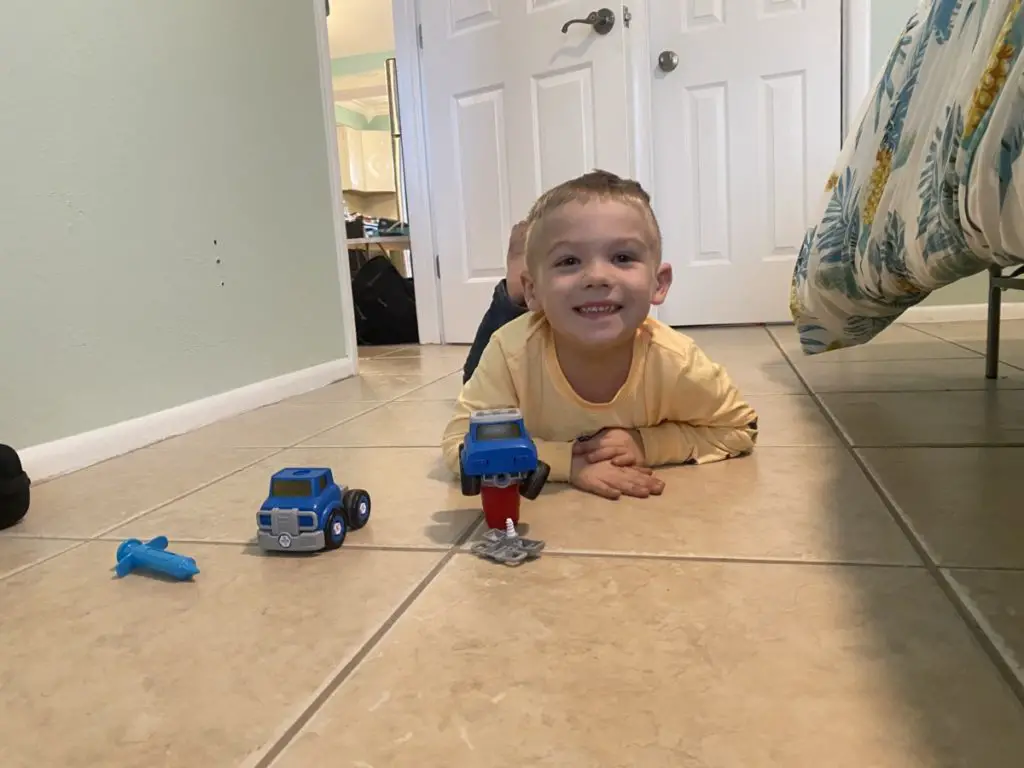
It Encourages Creativity and Imagination
My son was recently playing with cars and set up a mechanic shop. He realized he needed a lift (which we didn’t teach him) so he got a small plastic cup and set his car on top of it to lift it. Such creativity and imagination!
Child-Led Learning Fosters Curiosity
Curiosity drives learning, and when children are able to explore their interests, their curiosity is fueled.
It Encourages Children to Share their Own Ideas and Thoughts
In traditional schools, children are often fed information, but with child-led learning, they are encouraged to share their thoughts and ideas, making them feel more empowered.
Children Can Learn at Their Own Pace
Coercing a child to learn sooner than they are developmentally ready is a recipe for disaster. By following your child’s lead, they can learn at their own pace. Since the pressure to learn is removed, children are given the gift of learning at their own pace. This helps tremendously with confidence as well.
Parents Can Cater to Their Children’s Individual Personalities
If you have several children, you can cater to each child’s personality and learning style by letting them learn what interests them.
It Helps Foster a Love of Learning
If you’re like me, when you are learning about something that interests you, you can’t get enough of it. That’s what it feels like for children who are learning about something they love. They actually enjoy learning.

Their Learning Feels Meaningful to Them
If you follow your child’s lead, their work will feel meaningful to them. No more busy work or tons of worksheets. Instead, they can work on a project that holds meaning for them. So instead of practicing tracing letters, let your children practice writing a note to someone. Recently, we bought a huge poster to color together. This project will take a few weeks and several sessions but it is much more meaningful to my son, so he enjoys doing it.
It Helps Children Develop Confidence
By letting children take the lead, they are able to develop confidence in learning something new, as opposed to pressuring them to learn something before they are ready, which can lead to children feeling stupid or inadequate.
It Is a Fun Way for Children to Learn
It’s way more fun to learn at your own speed and about topics that interest you. With child-led learning, it is totally possible for children to have fun learning every day!
Children Are More Likely To Retain the Information They’ve Learned
What is the point of learning information for the short term to get an “A” on a test? I’ve never understood that. I went through traditional schooling, and couldn’t explain the water cycle or photosynthesis to you now, but I bet I aced the test. The point of learning is to actually retain the information. Child-led learners are often excited about their discoveries and tell others which helps them retain the information.
Learning can only happen when a child is interested. If he’s not interested, it’s like throwing marshmallows at his head and calling it eating.”
KATRINA GUTLEBEN
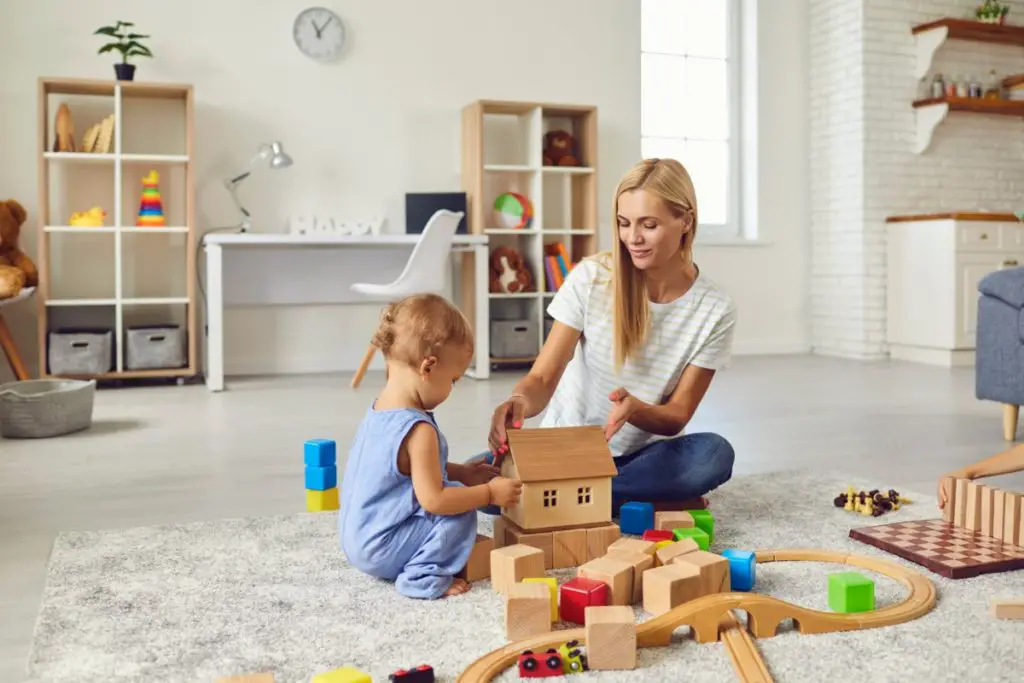
How To Promote Child-Led Learning
Ask Your Child What They Are Interested in Learning About
A great way to promote child-led learning is to ask your child what they want to learn about. When I did this with my son, he surprised me.
He wanted to learn:
- how drones work and fly
- how monkeys climb
- how to build a house
- how human bodies work
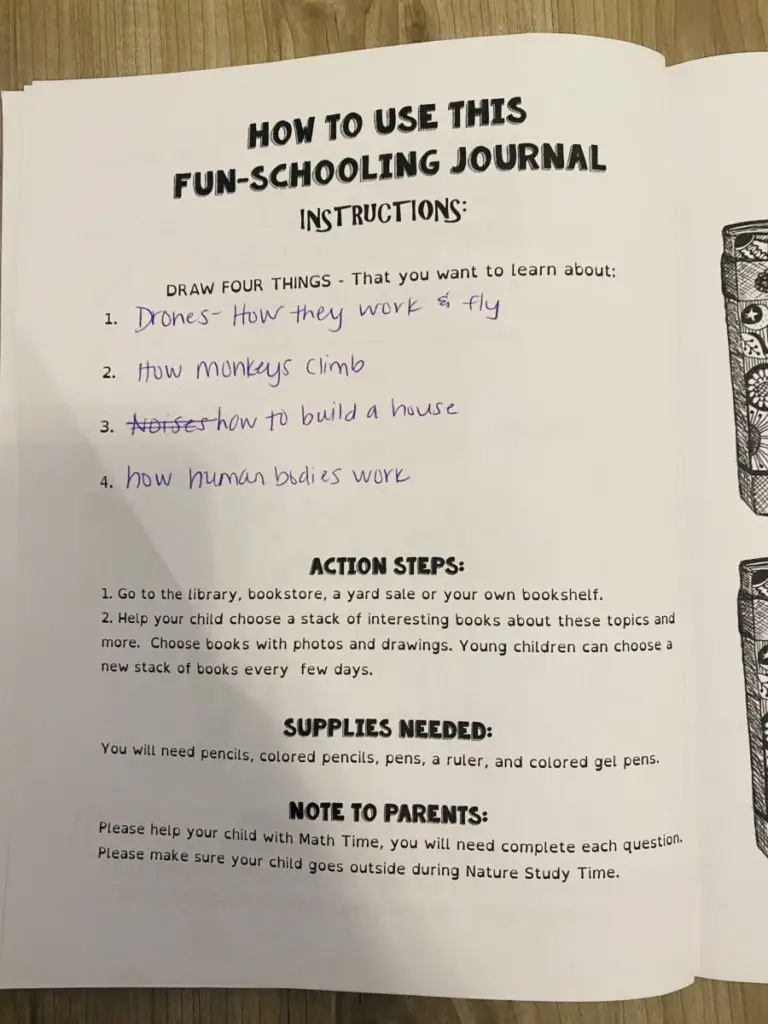
So we wrote these down in our fun-schooling journal and got to work finding our learning resources so we could learn about these topics together.
I’ve seen other homeschool parents make a learning banner at the beginning of the year with all the things their children want to learn about. Then they make unit studies to teach their children about those topics. Your job is to be the facilitator of your child’s education, so be sure to get them lots of resources so they can explore the topics they are interested in.
Follow Your Child’s Lead
Let them choose the games, toys, and activities that they want to do. Let them play in the way they want to play. For example, if your child is playing with legos, you may assume they want to build. If you sit back and watch them, they may decide to sort them by shape or color. They may make a pattern. By directing their play to build, the child would not be taking the lead in their learning.
Encourage Your Child to Ask Questions
Help them seek answers from different sources to challenge their thinking. (Documentaries, library books, games, etc.)
Encourage Imagination and Creativity
There are tons of ways to encourage imagination and creativity. Provide art supplies and a space for them to create. Set up a costume trunk for kids to dress up and pretend. Set up stations around your house with different learning resources.
Celebrate Their Successes
No matter how small, celebrate their successes and offer encouragement along the way.
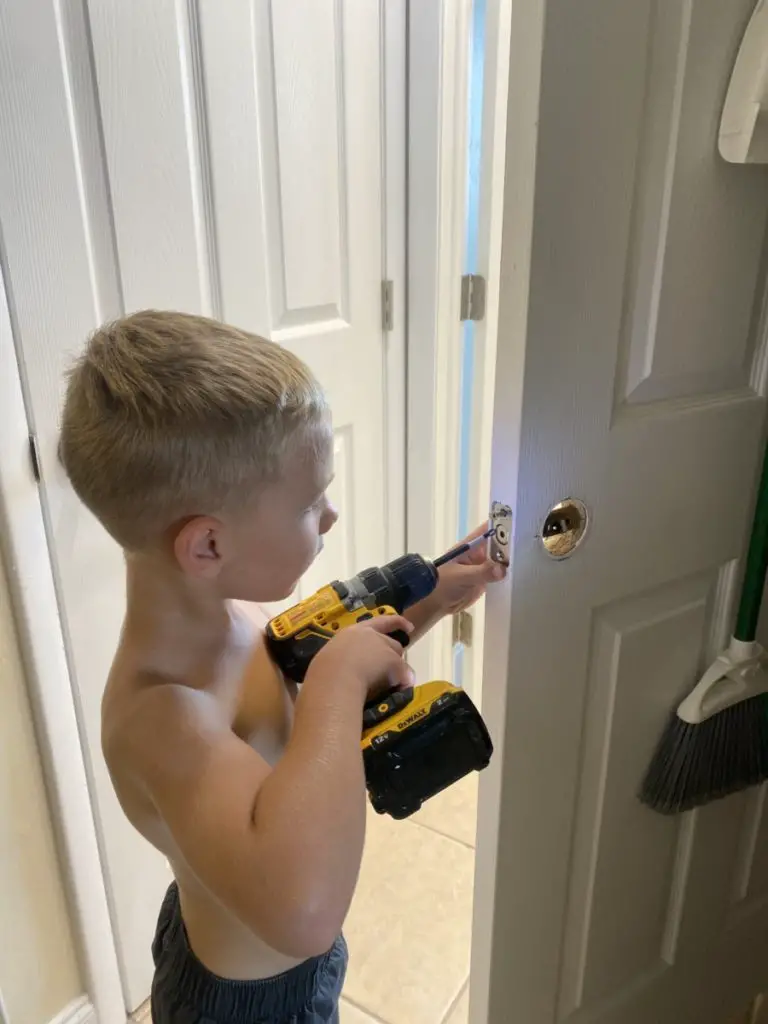
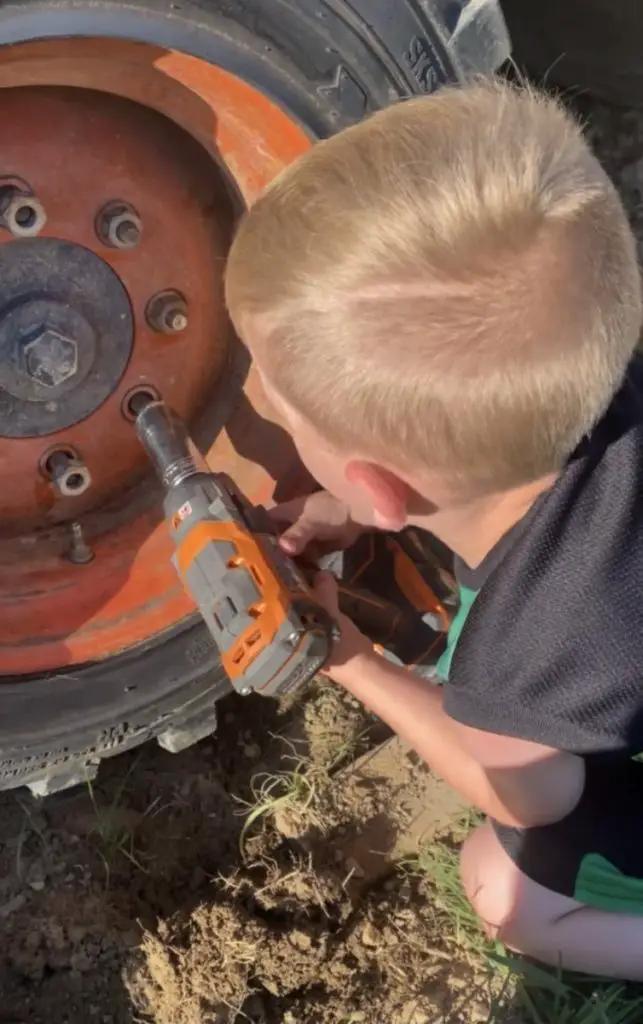
Give Them Opportunities to Practice New Skills
My son wants to be a builder like his dad. We give him lots of opportunities to practice construction skills. He can now use change a tire and use power tools better than I can. Seriously! Do you know why? Because it interests him and it doesn’t interest me!
Be Patient and Positive
Just like adults, it takes time for children to learn. Be patient with them.

Get Outside
Go exploring together! Just the other day, we took our nature journal and went to a nature preserve. We saw all kinds of cool things – a duck sitting protectively on her eggs, several birds we had never seen before, lots of dandelions to blow and make a wish on, and a creek to play “sink or float” with different items. Without feeling like he was learning, he learned a ton.
Give Choices for Activities
Give your child options for things to do and let your child choose which one they want to do. For example, if I want to focus on some math with my son, I ask him if he’d like to play Snakes & Ladders (identify numbers 1-100 and addition), cook a meal together (fractions and measuring), or build with magnetic tiles (shapes, spatial awareness).
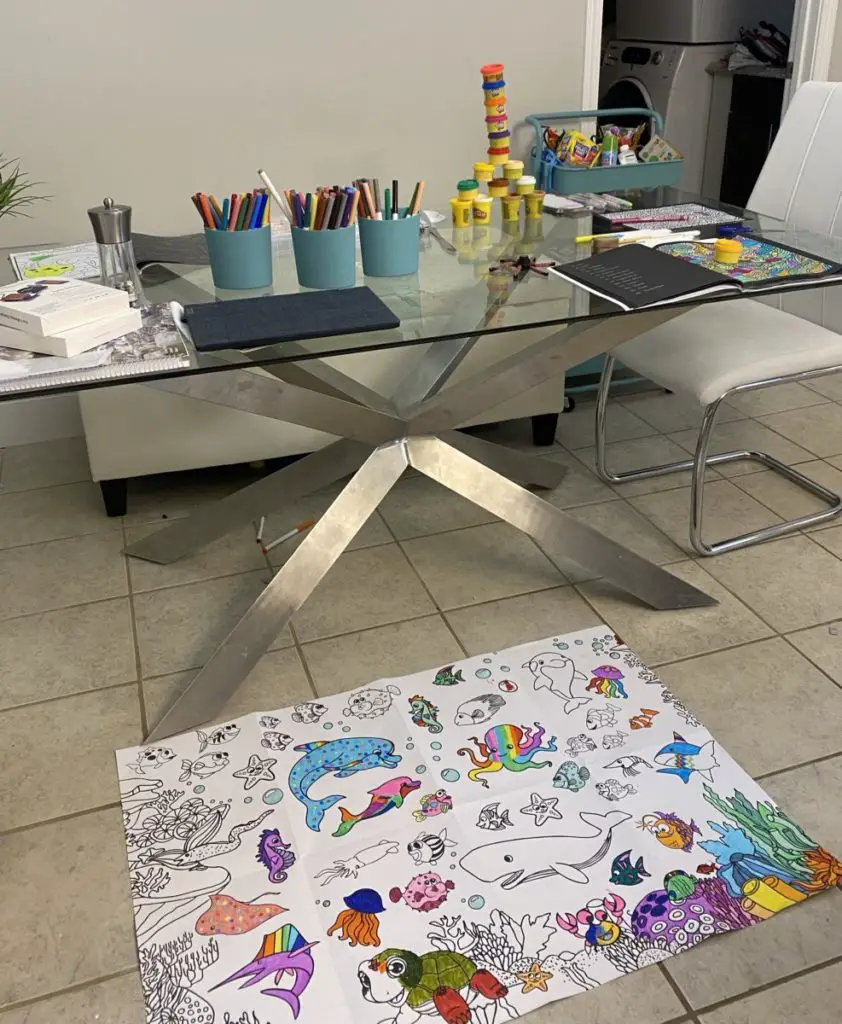
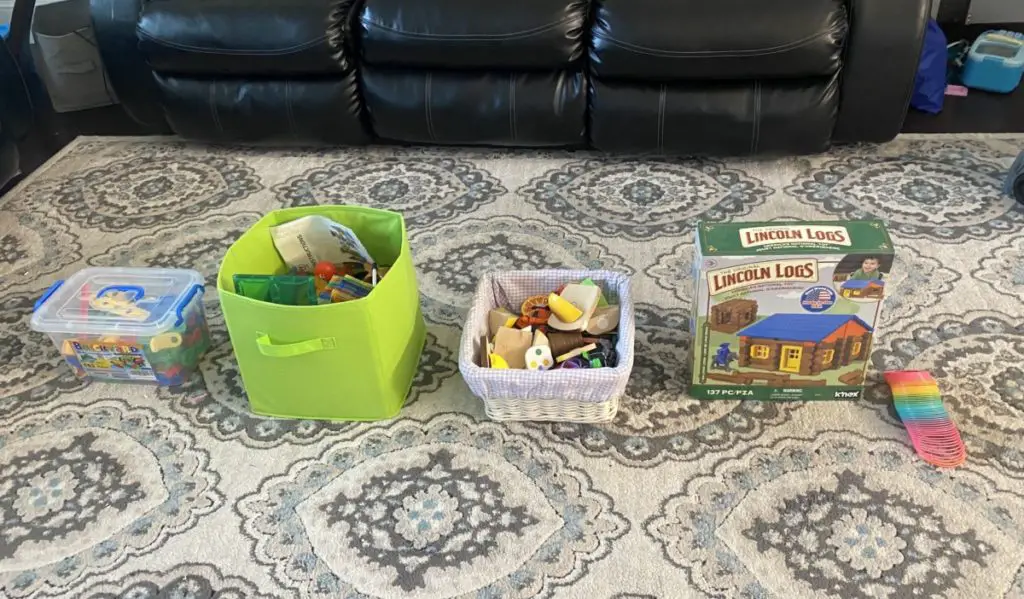
Provide Lots of Variety for Learning Opportunities
I like to set out several learning opportunities each morning before my son wakes up. This could mean having a wide variety of books, toys, art supplies, or outdoor activities available at all times.
Be sure to provide opportunities for exploration, play, and hands-on learning.
Allow Children Freedom to Explore Their Interests and Passions
My son is obsessed with drones – how they work, flying them, taking them apart and putting them back together, accessorizing them with new wings or decals – obsessed. We facilitate his love of learning about drones by letting him fly drones, looking up educational documentaries about drones, buying him drone parts for holidays and birthdays, taking him to hobby shops, and buying books to read to him about how drones work. We sit back as much as possible and let him learn.
What are your kids into?
Celebrate Mistakes
Mistakes are part of the learning process. Provide plenty of positive reinforcement for effort and progress, both big and small. If you have a perfectionist child as I do, you know how hard they can be on themselves when they make a mistake. (My son used to throw away his art if he accidentally colored outside the lines!) Celebrate mistakes by explaining that every mistake they make gets them closer to learning how to do it.
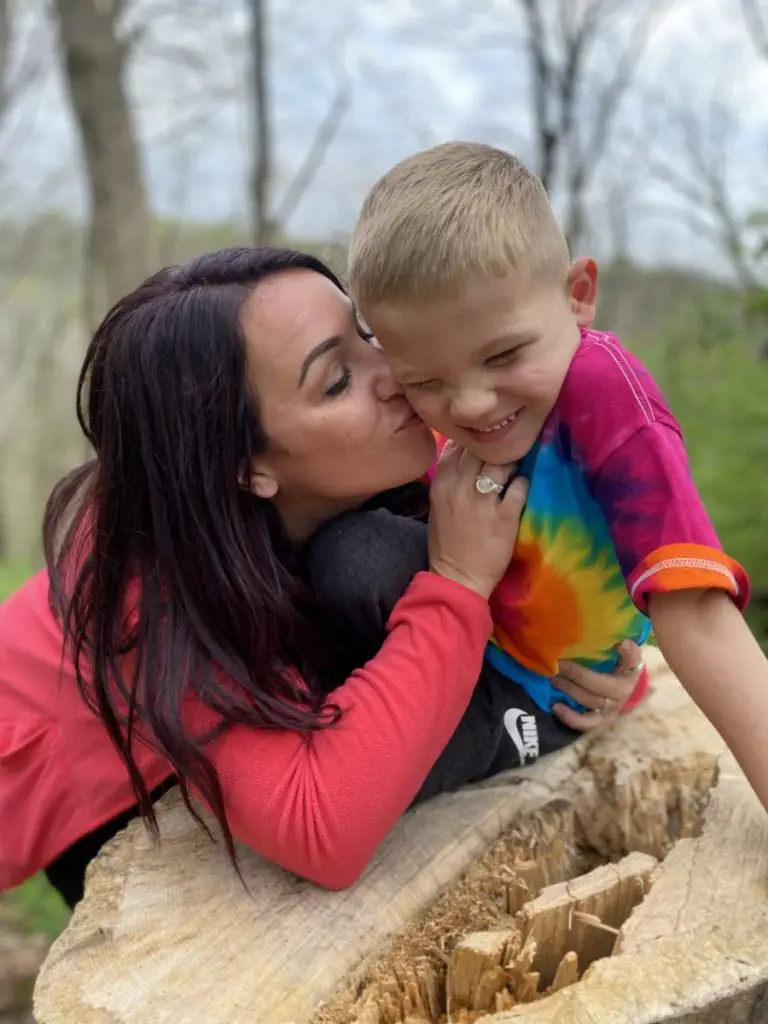

How Child-Led Learning Can Change Your Homeschool
Before I switched our homeschool to child-led learning, we used a more traditional approach. While he was learning, he was definitely not enjoying it, and I wasn’t either because it took quite a bit of effort on my part to get him to cooperate. Once we made the switch to child-led learning, everything changed.
You’ll Get Along Better
Trying to coerce a child to sit and work out of a workbook when they don’t want to can create a negative parent-child relationship, if they are not willing or interested. Once we switched, we started getting along a lot better.
No More Whining
Children who are directing their own learning won’t be whining about having to “do school.” They won’t even realize they are learning, they’ll be having too much fun!
They Will Be Excited to Learn
Kids who get to choose what they learn about are excited to learn new things!
You’ll Save Money on Curriculum
If you let your child self-direct their learning, you won’t have to spend so much money on curriculum! We still use a curriculum for Language Arts and Math sometimes, but we don’t follow it exactly or religiously. For example, if we are learning about fractions in our workbook, we might switch to using Melissa & Doug’s Pizza Set instead of using the workbook.
Conclusion
Each of us, as homeschool parents, has our own ideas about how we want our homeschool to look and function. If you are looking for ways to promote child-led learning in your home, try letting your kids lead the way!
By following this method, you can create a home environment that nurtures a love of lifelong learning in your children – setting them up for success in school and beyond!


